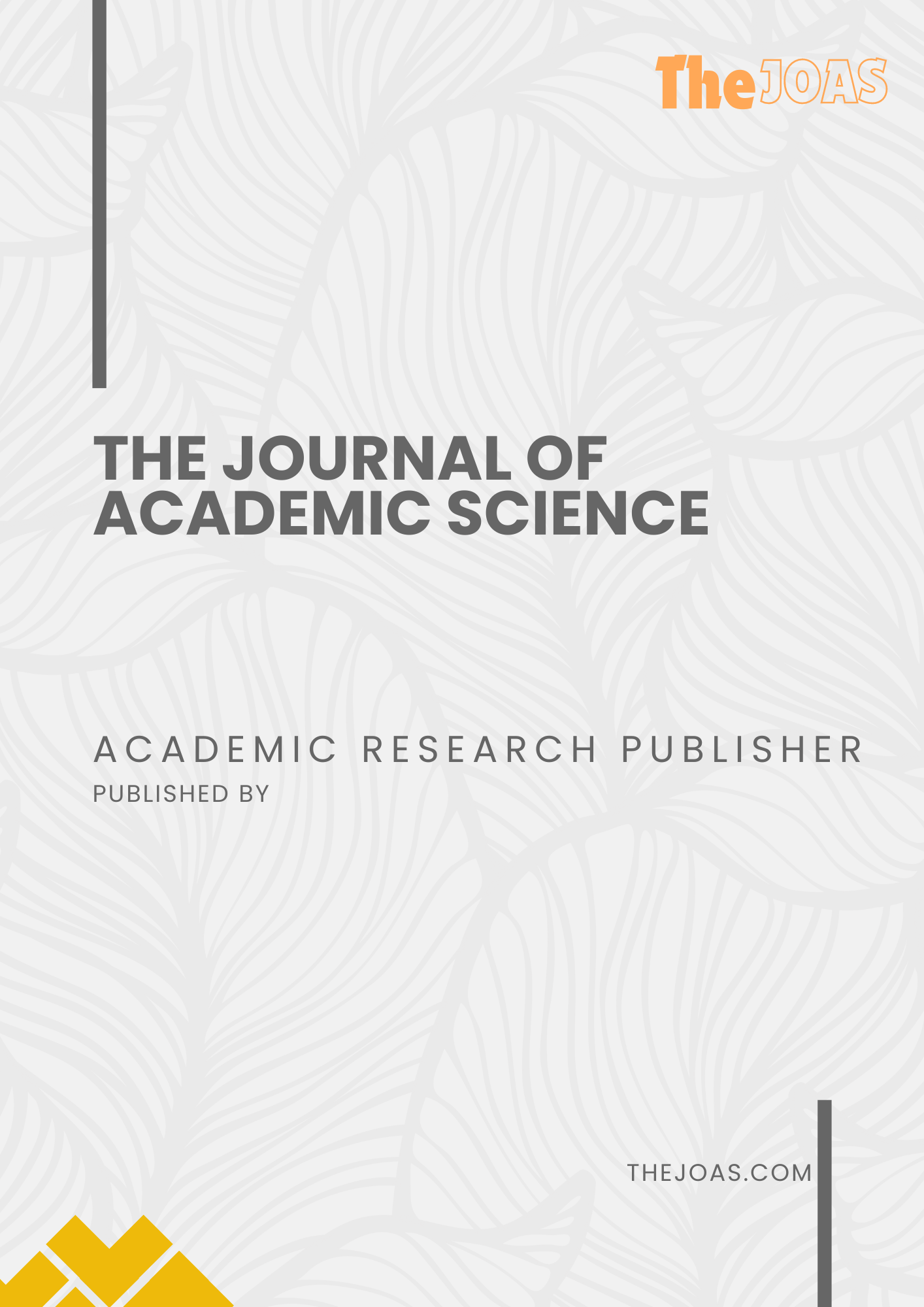Impact Analysis Study of Port Main Equipment Electrification Efforts on Emission Reduction at the Port: Case Study of Tanjung Priok Port
DOI:
https://doi.org/10.59613/kgvh5f43Keywords:
electrification, port main equipment, emission reductionAbstract
In order to decarbonize and support the achievement of emission reduction targets at the Port and reduce the negative impact of port operations on the environment, Tanjung Priok Port has considered implementing the electrification of the port's main equipment. This study aims to analyze how the electrification of the main equipment at Tanjung Priok Port can contribute to reducing greenhouse gas (GHG) emissions and air pollutants. This study involves measuring and analyzing emissions before and after electrification, technical analysis and economic /financial analysis of the implementation of the electrification. The research methods include literature studies, data collection on energy consumption at Tanjung Priok Port and data analysis . The data analysis carried out in the form of emission calculations referring to national emission inventory guidelines , technical analysis of equipment that can be electrified and economic/financial analysis using the Cost-Benefit Analysis (CBA) method . The results of the study show the potential for reducing GHG emissions , especially CO2 through the electrification of the main equipment (GLC, QCC, and RTG cranes) at Tanjung Priok Port. Likewise, the results of the economic/financial analysis, the efficiency of crane operational costs has a positive impact on the transition from fossil fuel energy sources to electricity . Thus, this study can contribute that electrification efforts are one of the strategic programs in efforts to manage the environment more effectively in the maritime sector.
Downloads
Published
Issue
Section
License
Copyright (c) 2024 Nosep Kristoro, Abdu Fadli Assomadi

This work is licensed under a Creative Commons Attribution 4.0 International License.





